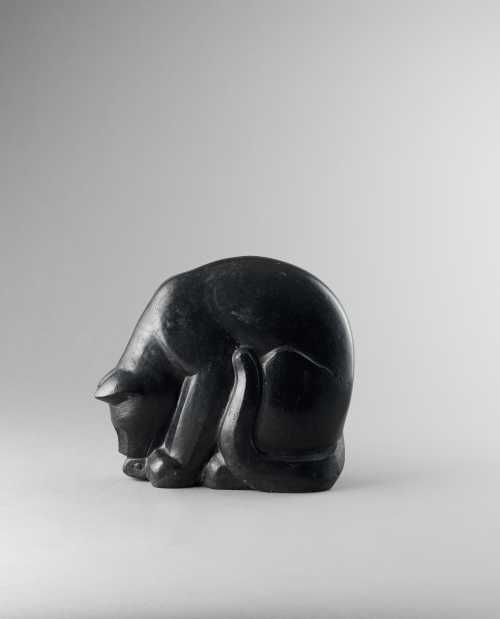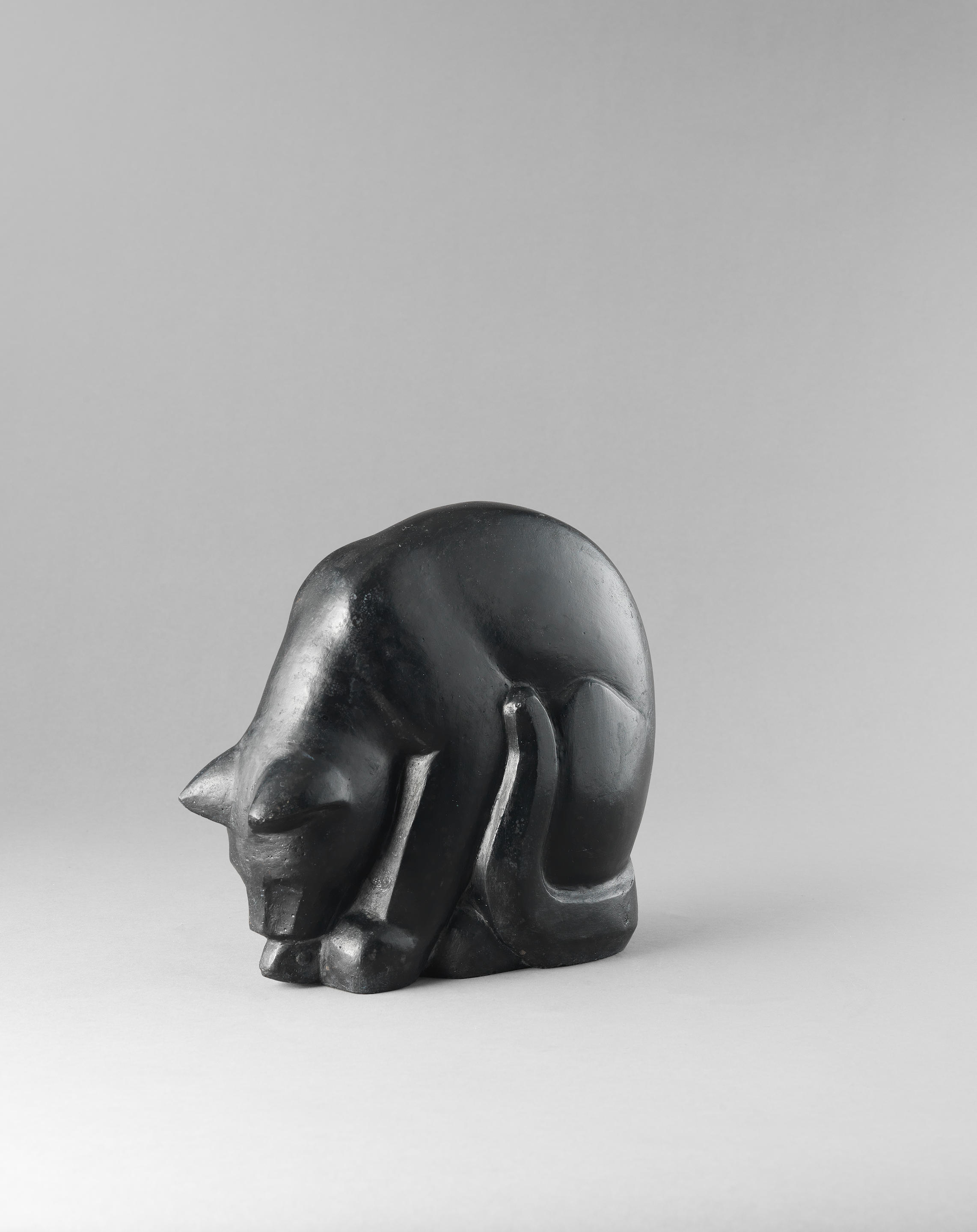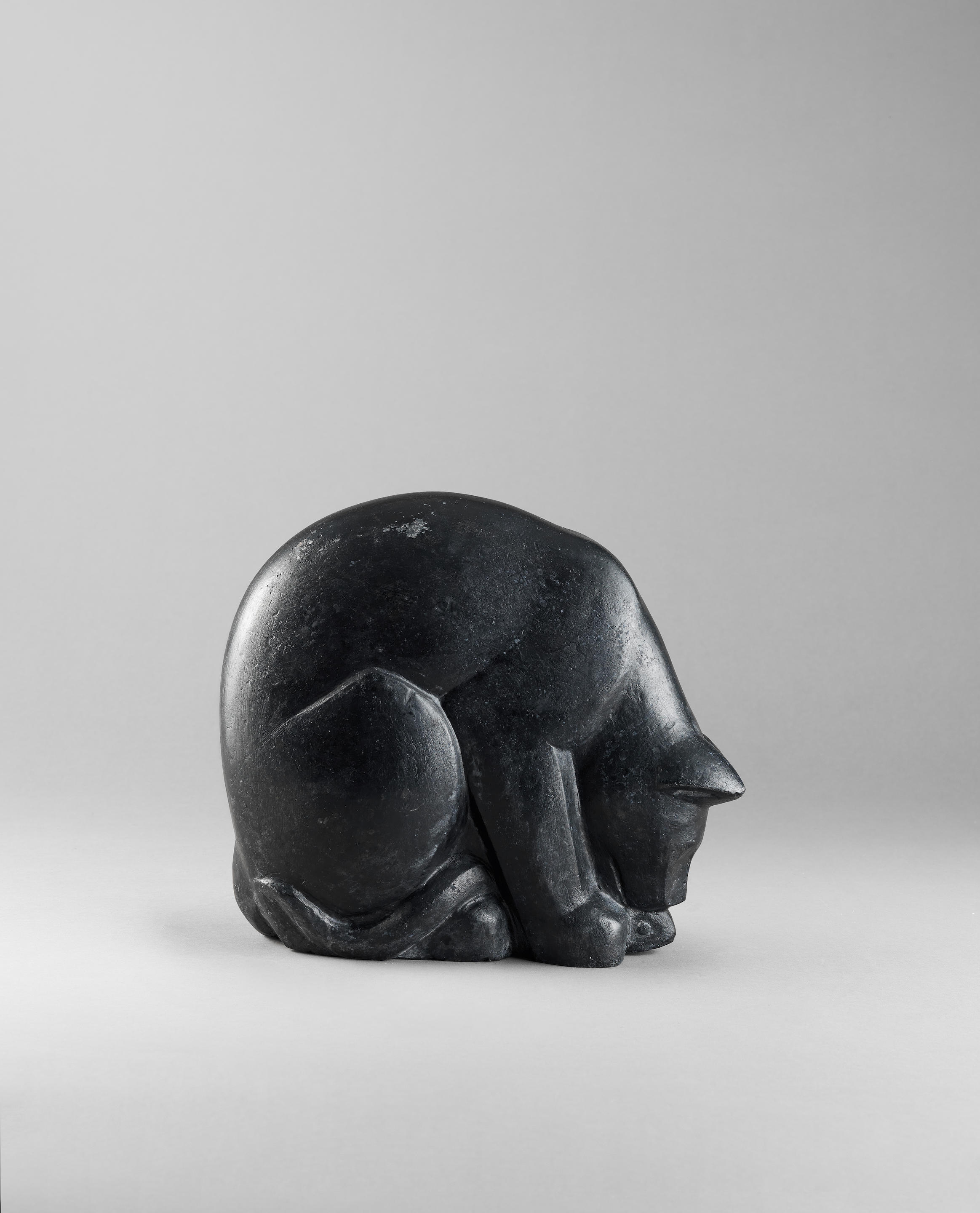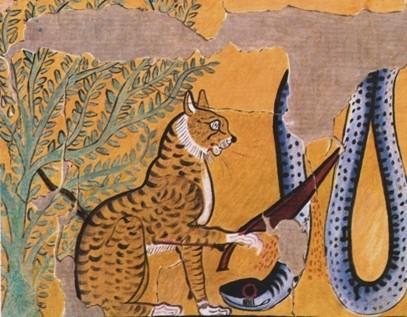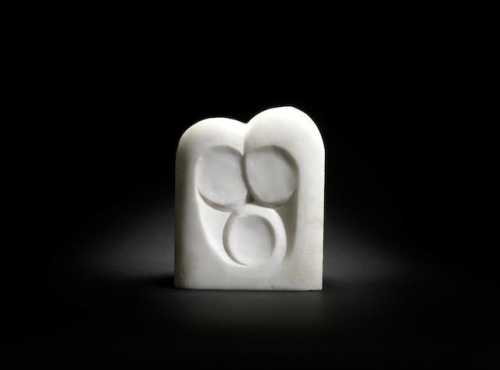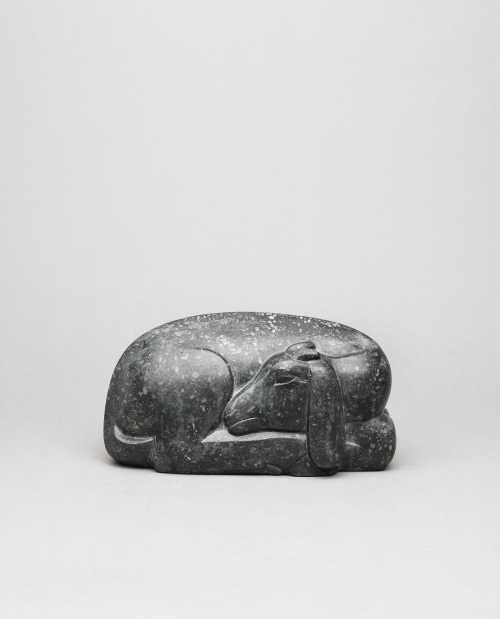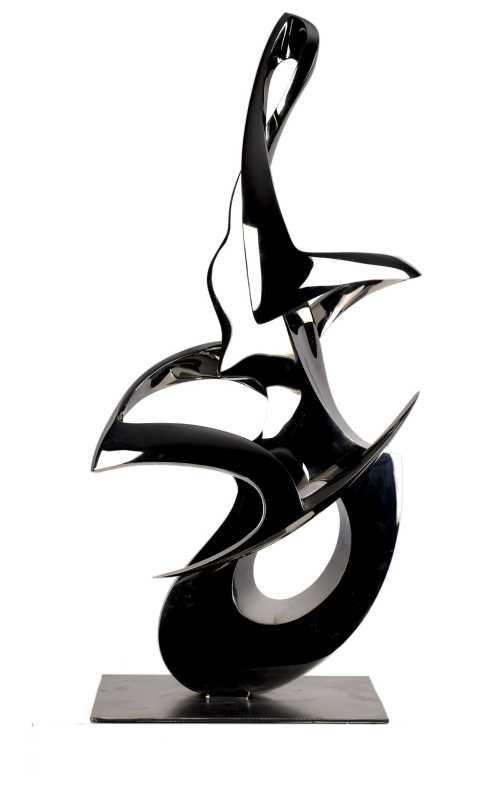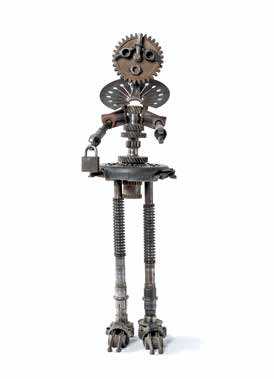- The Cat and the Snake 1978
- Stone
- Sculpture
- 28 * 25 cm
- Artist monogram on the base of the sculpture
Estimation
£6,000
7,525 USD
-
£10,000
12,542 USD
Realized Price
£17,850
22,388 USD
123.125%
Artwork Description
Flowing, expressive and prominent, 'The Cat & the Snake' is a wonderful depiction of friend and foe. The characters of the cat and the snake hark back to ancient Egyptian deities. In ancient Egypt the cats were praised as protectors of the home. The goddess Mafdet was one of ancient Egypt's first deities, worshipped by people seeking protection against dangerous animals such as snakes and scorpions. Depicted in a variety of fearsome feline forms, most frequently as a woman with the head of a lion, cheetah, or domestic cat. Mafdet was regarded as the defender of the home and kingdom. The relationship between cats and snakes was heavily document throughout Egyptian history.
Charles K. Wilkinson (1897 – 1986), 'Cat Killing Serpent' (1920 CE)
This facsimile painting depicts a scene from Sennedjem's tomb (TT 1) in western Thebes' Deir el-Medina. Chapter 17 of the Book of the Dead is related to the cat killing the serpent. The original work was painted 1295 BCE.
We see the pharaonic revival style and aesthetic sensibilities that we associate with Moussa and the hallmark of twentieth century Egyptian sculpture. Moussa was the second generation of Egyptian sculptors. He was taught and influenced by Mahmoud Said and Mahmoud Mohktar, two of the great Egyptian painters and sculptors.
Moussa participated in several group exhibitions in Cairo and Alexandria including several appearances at the Alexandria Biennale. Moussa won the prize for sculpture in 1955 at the Alexandria Biennale.
Charles K. Wilkinson (1897 – 1986), 'Cat Killing Serpent' (1920 CE)
This facsimile painting depicts a scene from Sennedjem's tomb (TT 1) in western Thebes' Deir el-Medina. Chapter 17 of the Book of the Dead is related to the cat killing the serpent. The original work was painted 1295 BCE.
We see the pharaonic revival style and aesthetic sensibilities that we associate with Moussa and the hallmark of twentieth century Egyptian sculpture. Moussa was the second generation of Egyptian sculptors. He was taught and influenced by Mahmoud Said and Mahmoud Mohktar, two of the great Egyptian painters and sculptors.
Moussa participated in several group exhibitions in Cairo and Alexandria including several appearances at the Alexandria Biennale. Moussa won the prize for sculpture in 1955 at the Alexandria Biennale.
More lots by Mahmoud Moussa
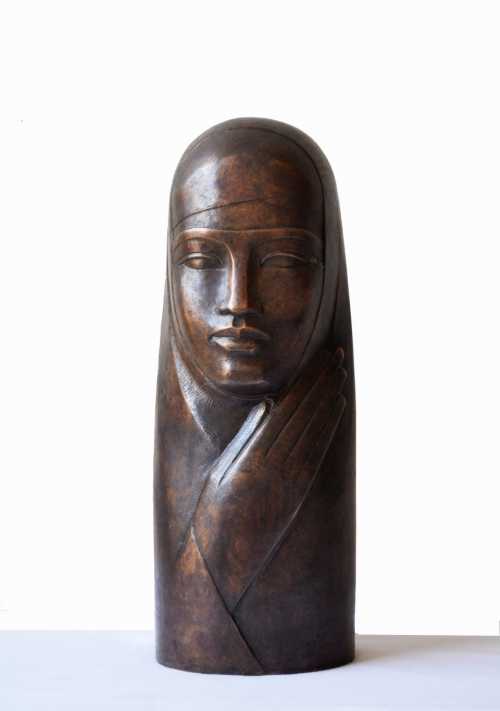
Bint Bahary
Estimation
£6,000
8,344 USD
-
£10,000
13,906 USD
Sale Date
Bonhams
-
12 August 2021
Realized Price
18,300 USD
Min Estimate
11,891 USD
Max Estimate
17,561 USD
Average Artwork Worth
+34.058%
Average Growth of Artwork Worth
Sales Performance Against Estimates
Average & Median Sold Lot Value
2019 - 2023
Performance vs. Estimate
2019 - 2023
Sell-through Rate
2019 - 2023
